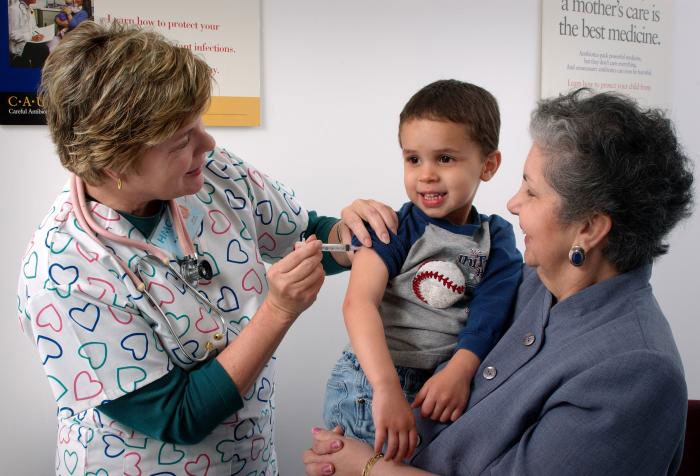Japan alarmed for H3N2 flu
Just last week the number of reported cases of H3N2 in Japan skyrocketed by 620,000 patients, to 1.73 million. Most of them are students and the elderly.
According to the National Institute of Infectious Diseases, the number of cases increased in all 47 provinces. This increase is due in part to the spread in elementary and secondary schools. The number of cases aged 5-14 accounts for half of all recorded cases.

Japan today reports, experts predict, the service will peak in the first half of next month. Therefore, the Ministry of Health, Labor and Welfare of this country urged children and the elderly to take measures to prevent diseases such as frequent hand washing with soap, wearing masks .
Five years ago, Japan was also the first country to respond to H3N2, an influenza A virus. Therefore, babies born at a later time are not immune to this strain. An estimated 260,000 babies and babies under 4 years of age are diagnosed with H3N2.
H3N2 is a common form of seasonal flu. For those who are healthy, the disease is benign, may run out of fever after 3 - 5 days, manifesting fatigue, cough may last 10 days or after 2-3 weeks it is gone. This is a less dangerous disease, but still capable of severe changes, causing pneumonia complications, even death.
- Two flu drugs are no longer working
- Flu epidemic spread and complicated developments in the US, there were 17 deaths
- The risk of flu outbreaks
- Taboo in Japan
- Air pollution causes many diseases
- Incredible photos of Japan in the 1850s
- Europe alarmed about bird flu
- Rain has never been seen in Japan, hundreds of thousands of people evacuated
- Japan jumped into the field of launching satellites
- Japan 2 years after the earthquake and tsunami disaster
- Found rare rabbits
- What factors helped Japan become the safest country in the world?
 March 2012: Launching H5N1 vaccine for poultry
March 2012: Launching H5N1 vaccine for poultry Experts comment on the mysterious gradual disappearance of the Delta variant in Japan
Experts comment on the mysterious gradual disappearance of the Delta variant in Japan Danger of the two Delta . branch variants
Danger of the two Delta . branch variants 2020 pandemic flu attack humans?
2020 pandemic flu attack humans?